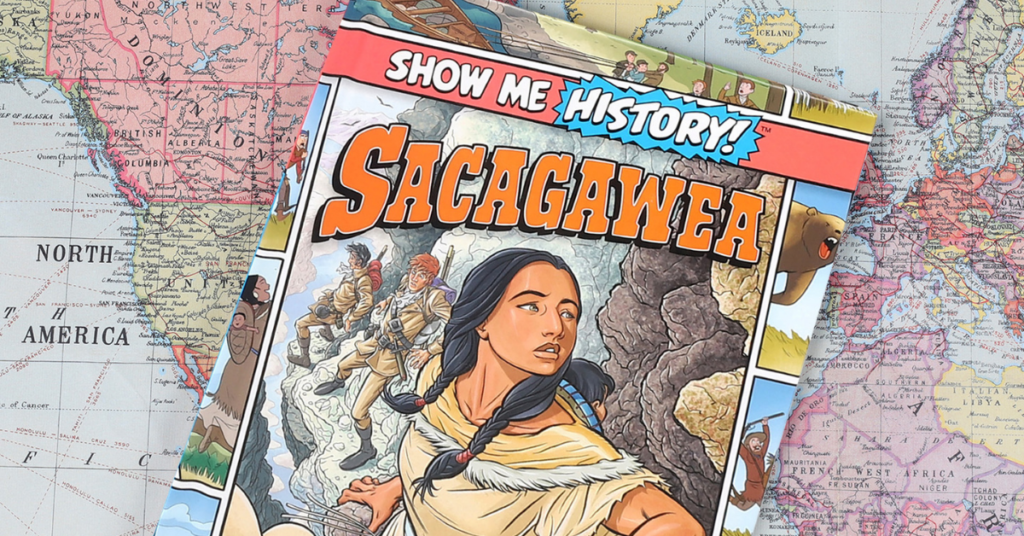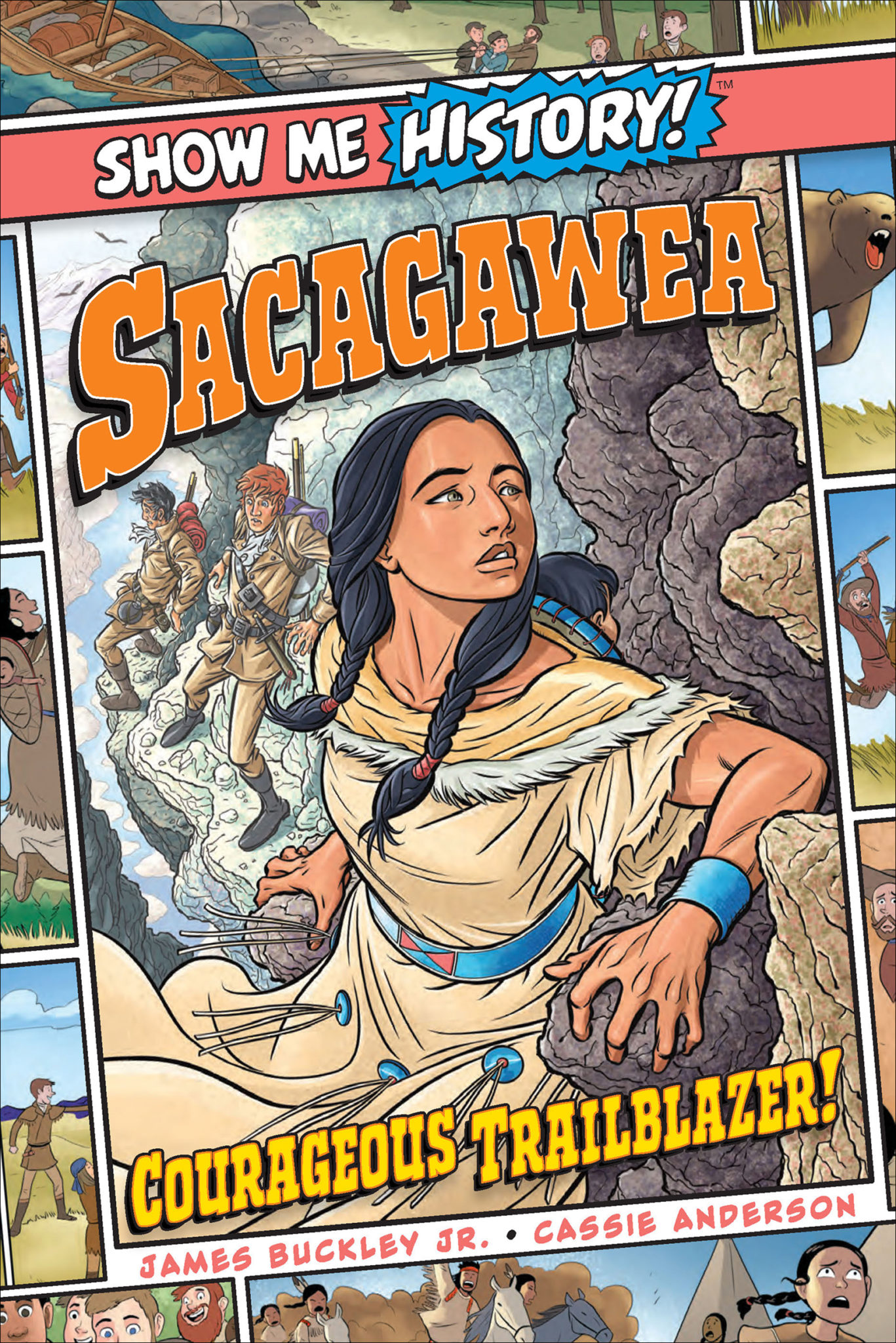In May 1804— 218 years ago this month — Sacagawea departed with the expedition headed by William Clark and Meriweather Lewis, a great trek to explore the Louisiana Purchase, which would become the western United States. Those are the facts — here are some other well-known things about Sacagawea that just aren’t true, no matter what you’ve heard.

Myth: Sacagawea was the official guide on the Lewis and Clark expedition.
Truth: While that’s what she became, rising to the occasion and becoming an integral part of the historical journey, Lewis and Clark didn’t hire her as a guide or treat her like one. In their journals, Sacagawea is described as helpful, beneficial, and productive, but is never called a guide or appreciated for being an instrumental or life-saving member of the journey. She came along because she was the de facto wife of Toussaint Charbonneau, a French-Canadian fur trapper part of the Lewis and Clark team to serve as a guide and interpreter. He wanted to bring his wives (he had another one besides Sacagawea).
Myth: Sacagawea primarily worked as a translator for Lewis and Clark, opening up communications with indigenous groups encountered on the journey.
Truth: Sacagawea was part of the Shoshone, and spoke their language, but not every tongue of every community the expedition would encounter. When the trip crossed through Shoshone land, she was able to find distant relatives, which allowed for some light trading of food and horses. Important, sure, but that was the extent of her translation duties.
Myth: Sacagawea’s name was Sacagawea.
Truth: That spelling originated in the obviously English-language journals kept by Lewis and Clark over their expedition. That’s the most commonly used version, both then and since (it’s the one officially approved by the U.S. government and the U.S. Geographical Board), but throughout the journals, her name is spelled in six other ways, including Sakagarwea, Sacagarmea, Sacagaewa, Sacagarwea, and Sacargarmea.
Myth: Sacagawea’s name means “bird woman.”
Truth: Sacagawea was part of a Shoshone tribe, and a lot of other related communities with their own languages hold that it means something else. In the Hidatsa language, it means “bird woman,” while in the dominant Shoshone tongue it means “boat launcher.”
Myth: Sacagawea became instantly famous upon news of the successful Lewis and Clark expedition.
Truth: Neither the woman nor her achievements were widely known until about a century after the fact. In 1902, Eva Dye, head of the Suffragette Association in Oregon (where the Lewis and Clark expedition ended) published The Conquest: The True Story of Lewis and Clark. In arguing for the not-yet-granted right to vote for women, Dye presented the story of an extraordinary woman, painting the story of Sacagawea as one of the people who saved the whole crew from death, starvation, and ruin. The book sold well, the story spread, and Sacagawea entered the American historical canon.
.
Check out this book!
Learn more about the amazing and remarkable life of Sacajawea — in graphic novel form — in Sacagawea: Courageous Trailblazer! It’s part of Portable Press’s “Show Me History!” series of nonfiction comic books.









